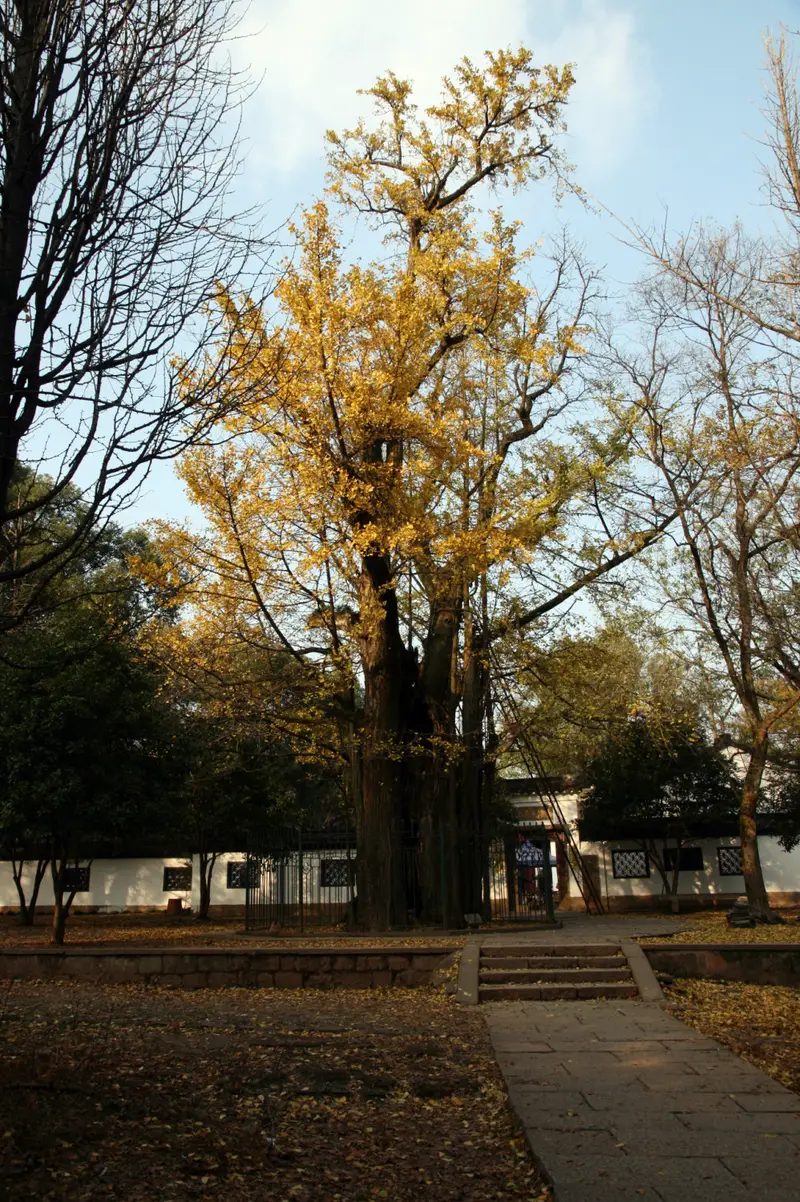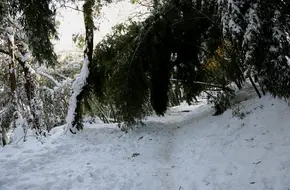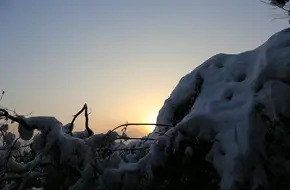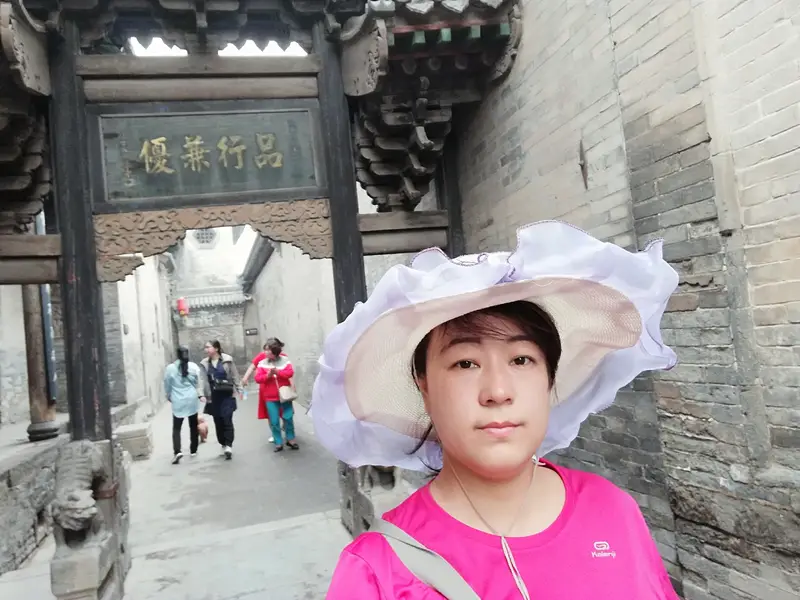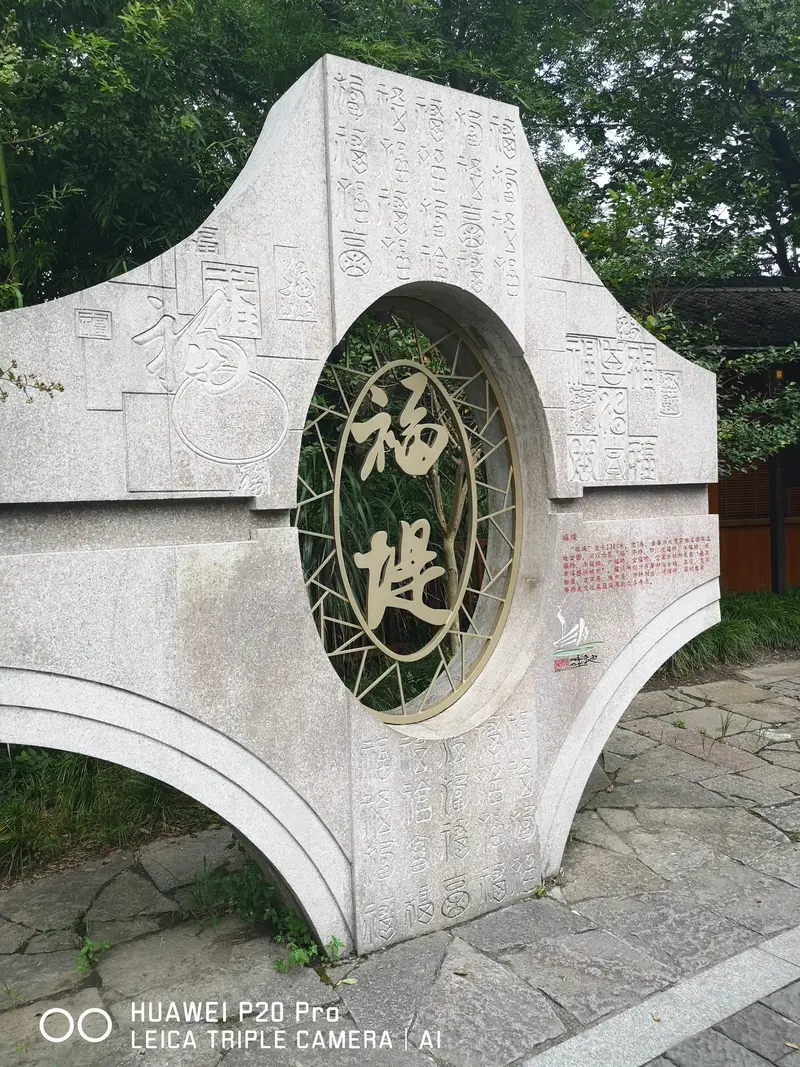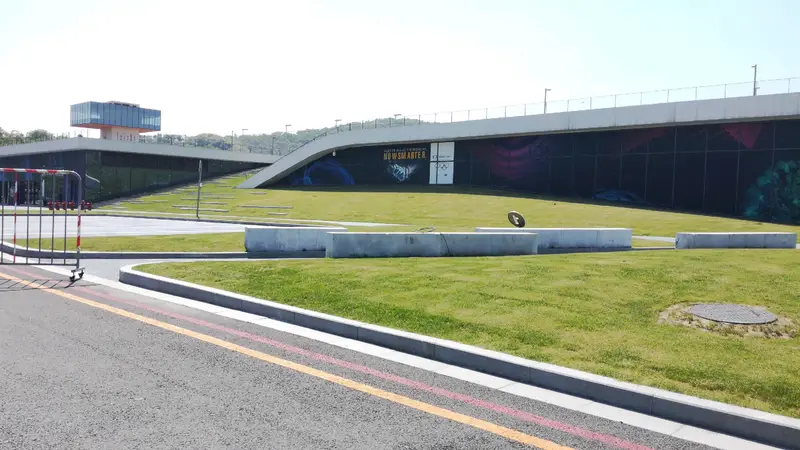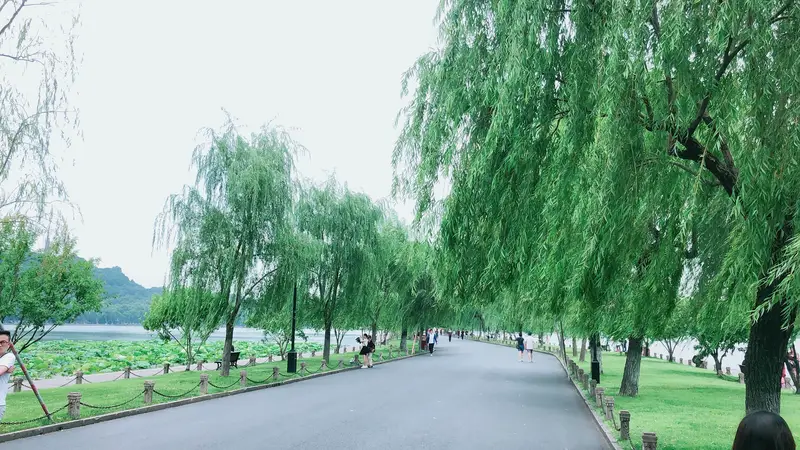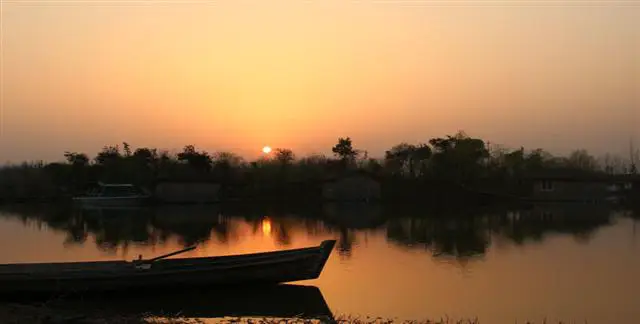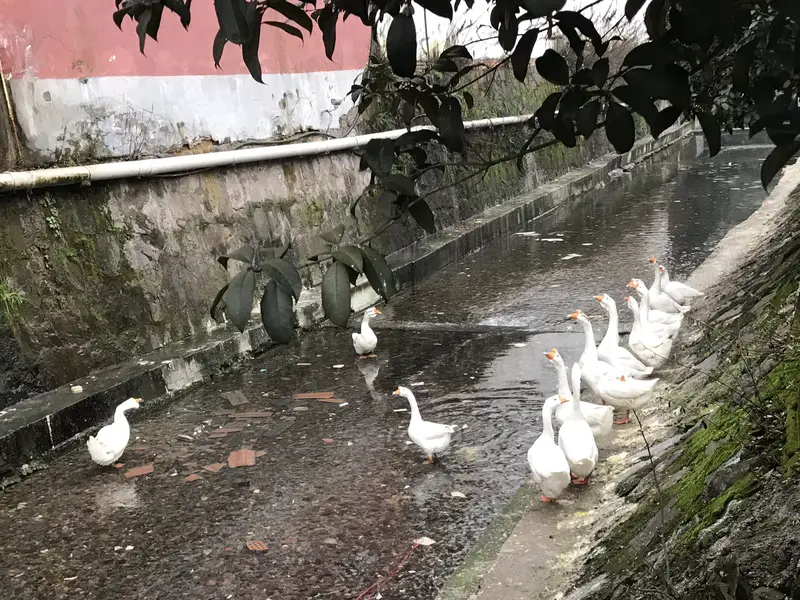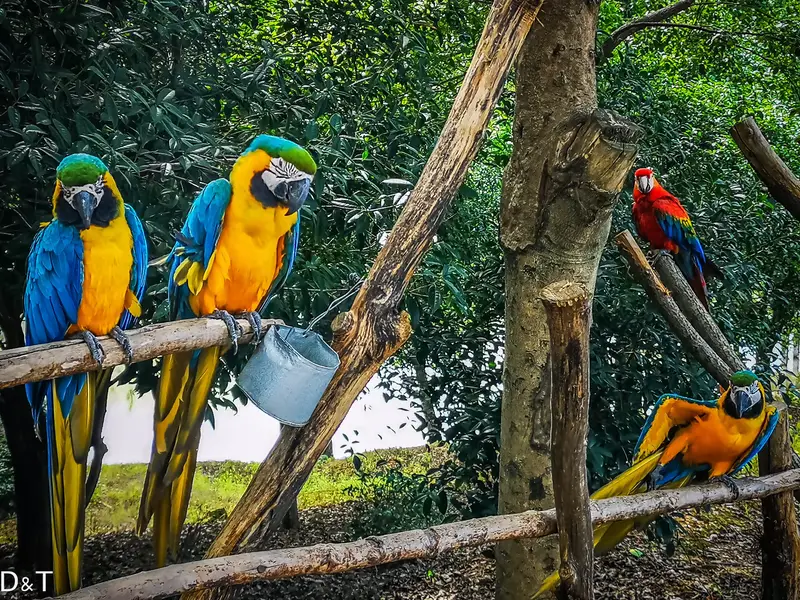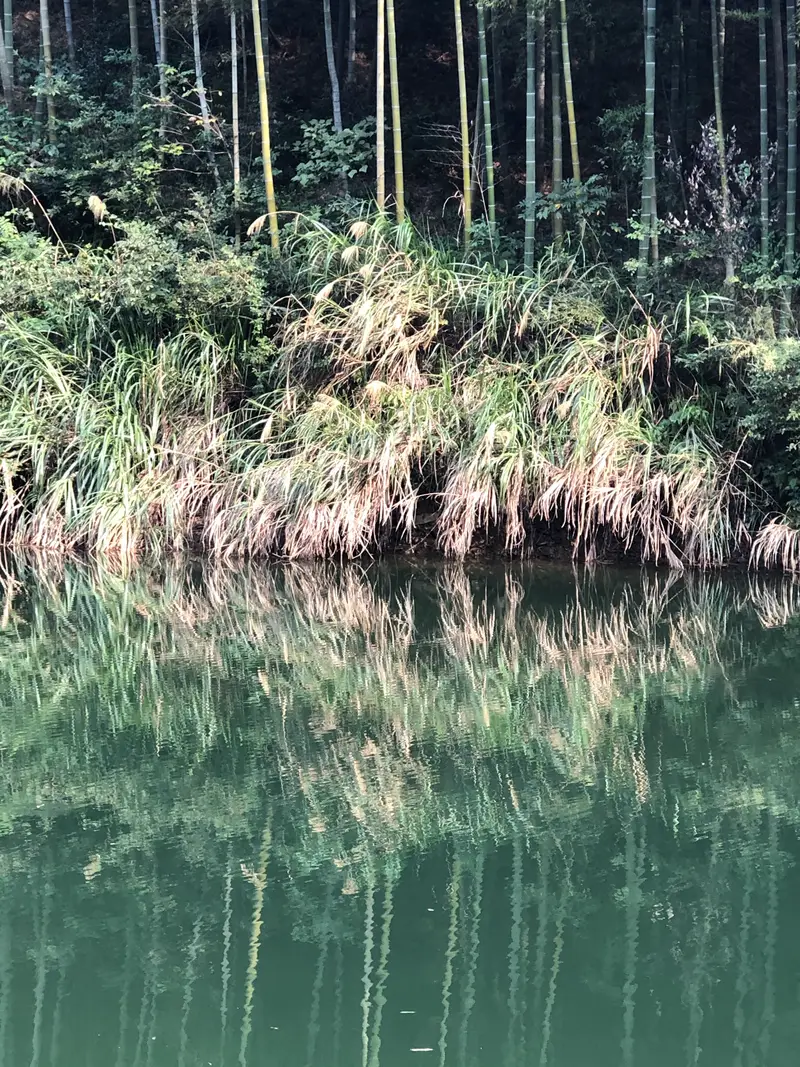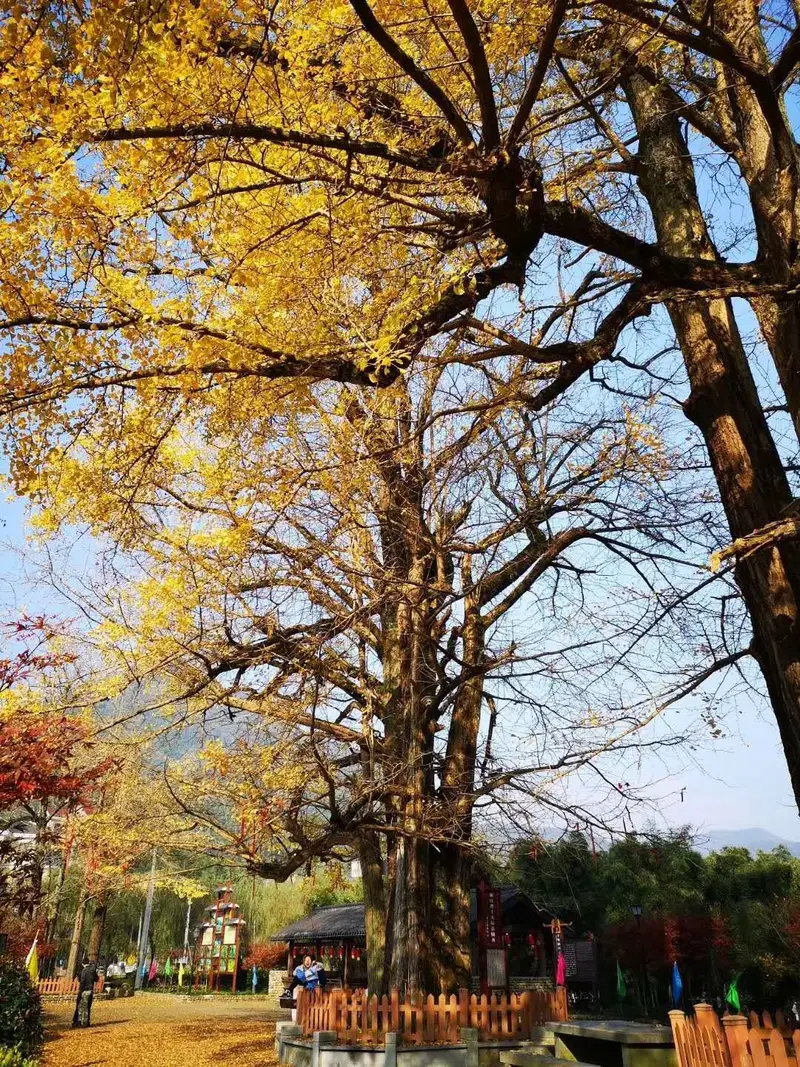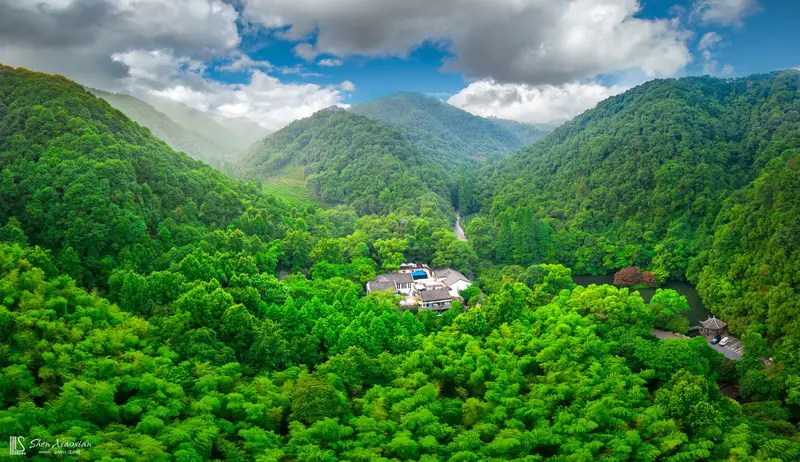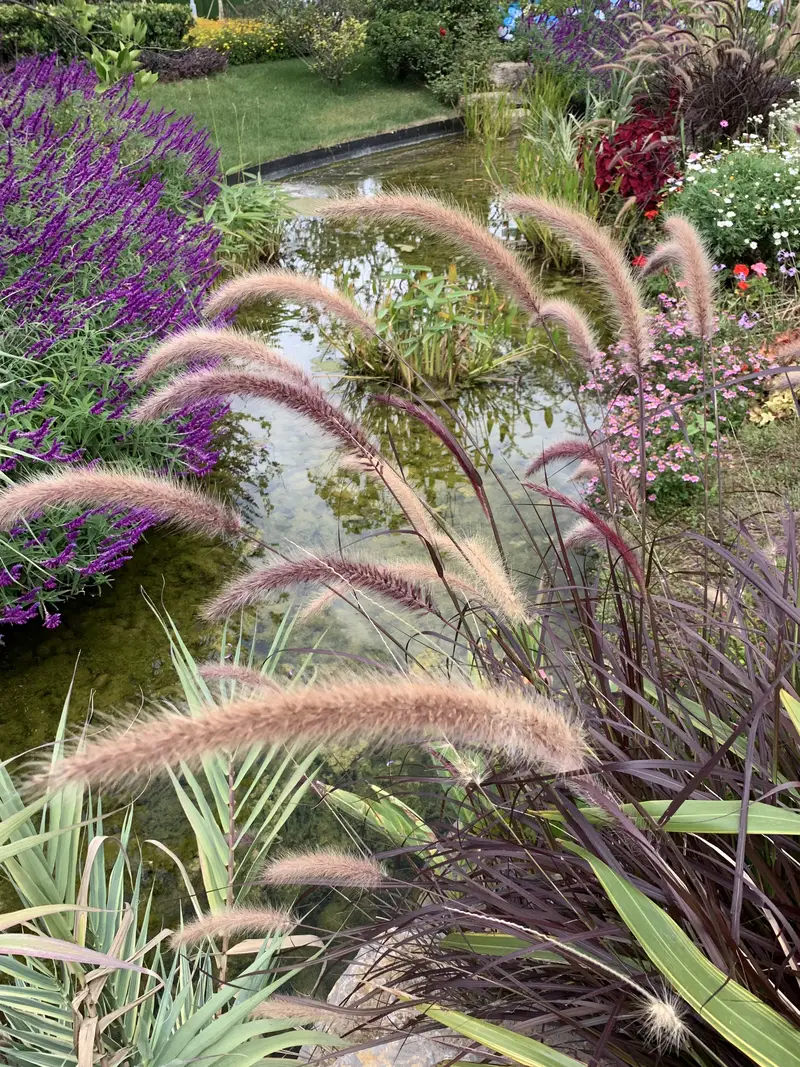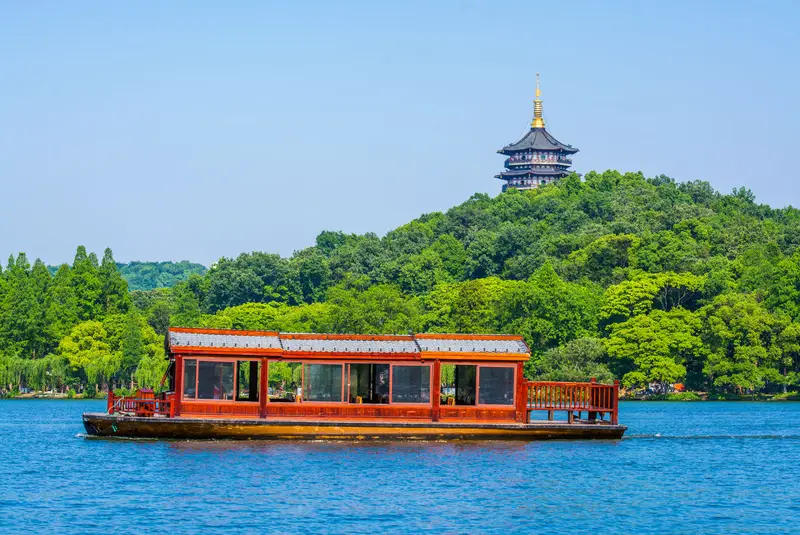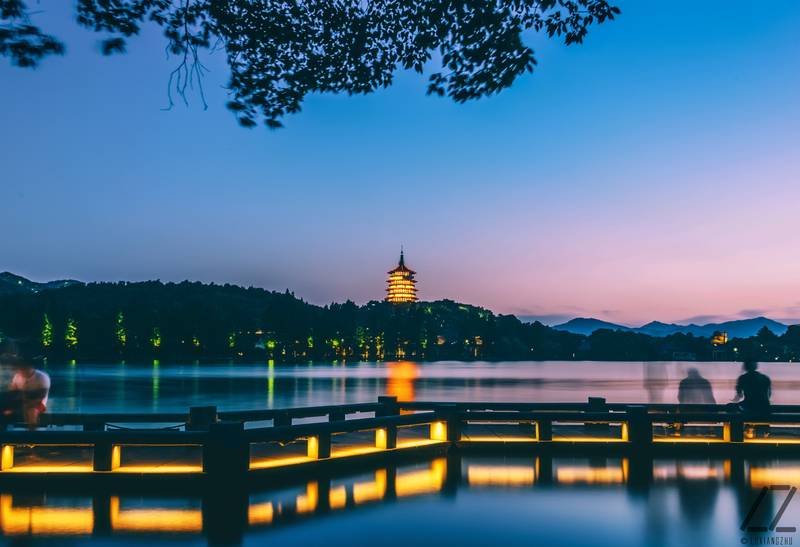Discover Wuyun Mountain: A Hidden Gem Near West Lake
Location & How to Get There
Wuyun Mountain sits in the southwestern corner of Hangzhou, nestled between the iconic West Lake and the roaring Qiantang River. To reach this tranquil spot, take Bus 278 or 103 from downtown Hangzhou to Jiuxi (Nine Creeks), then walk along the shaded path toward Wuyun East Road. If you’re coming from the city center, it’s a 30-minute taxi ride, but arriving early avoids crowds. The mountain’s address, No. 6 Wuyun East Road, Jiuxi, Xihu District, marks the start of your adventure.
Natural Wonders: Clouds & Ancient Trees
Wuyun Mountain earns its name from the five-colored clouds that often blanket its peak, created by mist rising from the nearby river and lake. On sunny days, the clouds reflect rainbow-like hues—a perfect photo op! Halfway up, you’ll find a 1,400-year-old ginkgo tree, towering 21 meters tall. Locals say it’s the oldest tree in Hangzhou, and five people barely wrap their arms around its trunk. In autumn, its golden leaves look like a painting.
The mountain’s unique climate also fascinates visitors. Because it’s sandwiched between water bodies, the temperature drops sharply from the summit to the base. This contrast fuels cloud formations, especially after rain. A pavilion halfway up offers stunning views, with a couplet carved on its pillars: “A dike slices through the lake, a winding path splits Zhejiang’s hills.” It’s a poetic way to describe how trails here connect to other landmarks like Lingyin Temple.
Cultural Treasures: Temples & Legends
At the mountain’s heart lies Zhenji Temple, a historic Buddhist site. Legend says three ancient wells here once mirrored cloud patterns, though only one remains today. The temple’s quiet gardens make it a spiritual retreat.
Another highlight is Yunqi (Cloud Dwelling), a bamboo grove at the foot of Wuyun Mountain. The name comes from a myth: clouds from Wuyun Mountain used to “rest” here, as if nature paused to admire the beauty. A medieval monastery, Yunqi Zen Temple, dates back to the Five Dynasties era. Its “Six Scenic Spots” include Ri Yao Peak (where sunlight first strikes) and Qing Long Spring, a crystal-clear water source.
Hiking Routes & Connections
Wuyun Mountain isn’t just a destination—it’s a gateway to other icons. A 10-mile trail over Langdang Ridge leads to Longjing’s Lion Peak and up to Upper Heavenly Monastery (Shangtian竺). For a full-day trek, combine this with a visit to Lingyin Temple, one of China’s most sacred sites.
If hiking isn’t your pace, stroll the Yunqi Bamboo Path, a 1-kilometer walk lined with towering green stalks. It’s cooler in summer and incredibly peaceful—ideal for slowing down.
Practical Tips for Visitors
- When to Visit: Early morning or late afternoon to catch the light on the clouds. Autumn is prime for the ginkgo’s golden foliage.
- What to Bring: Comfortable shoes, water, and snacks. Trails are well-marked but can be steep.
- Avoid Crowds: Unlike West Lake, Wuyun Mountain stays quiet even on holidays. Go midweek for extra serenity.
- Nearby Eats: After your hike, treat yourself to Longjing tea at a local shop in Jiuxi or try southern-style dumplings in the village.
Why Wuyun Mountain Stands Out
Unlike crowded spots like Lingyin or West Lake, Wuyun Mountain feels like a secret. You’ll see fewer tourists but more raw nature, ancient history, and panoramic views. Whether you’re a hiker, a photography buff, or someone who loves quiet temples, this mountain offers a genuine Hangzhou experience without the selfie sticks.
Come here to escape the city’s hustle, breathe fresh air, and step back into legends—all while standing under a canopy of clouds.
(Note: Wuyun Mountain is part of Hangzhou’s broader “West Lake Mountain Range,” making it easy to combine with other trips.)


